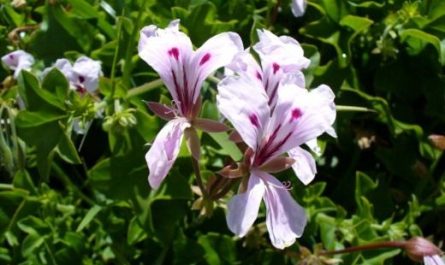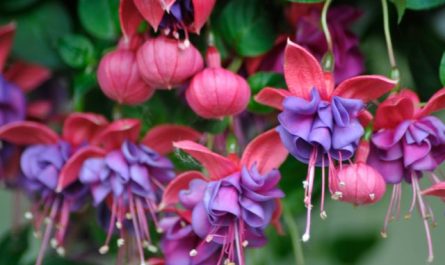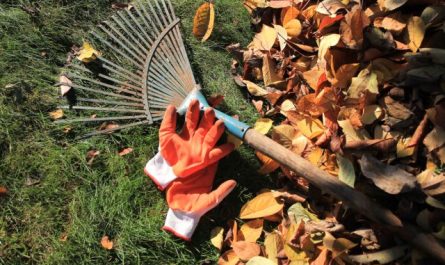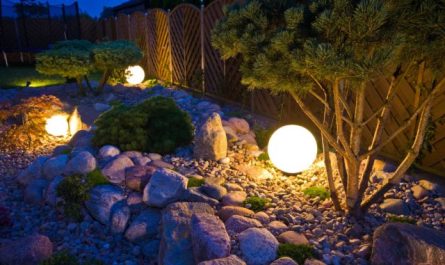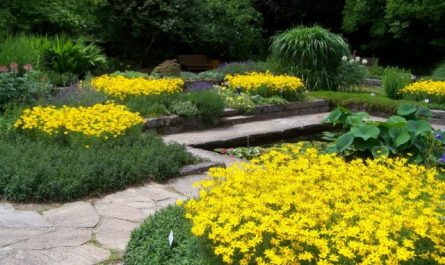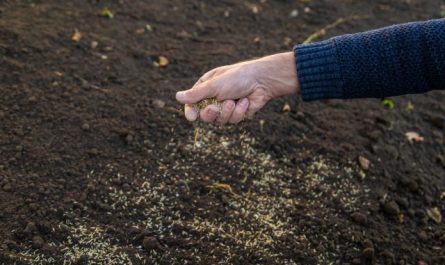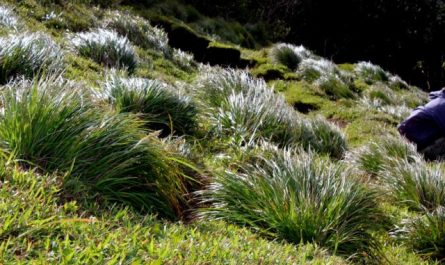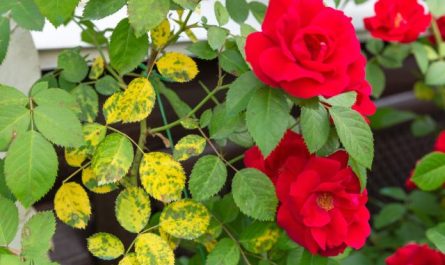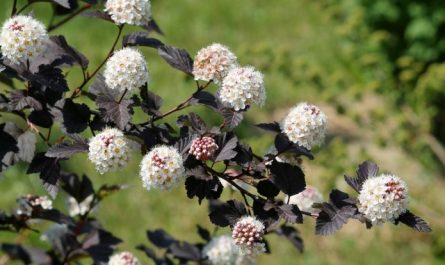Siberian cedar (the correct botanical name is Siberian cedar pine) is an evergreen coniferous tree. This truly amazing plant seems to have absorbed all conceivable useful qualities: decorativeness and healing properties, winter hardiness and durability.
The main wealth of the Siberian cedar is its nuts. Collected near Leningrad, they contained 61% fat, 20% proteins, 12% carbohydrates. Note that these are nuts grown in the northwest of the country, where the weather is capricious. The nuts are very tasty, nutritious and healing. Academician P.S. Pallas wrote 200 years ago: “In Switzerland, cedar nuts are used in pharmacies; milk is made from them, which is prescribed for chest diseases… they say that they were used with benefit by consumptives.”

Pine nuts contain vitamin A (growth vitamin), B vitamins (anti-neurotic), which improve cardiac activity and are generally necessary for the normal functioning of the nervous system. They are especially rich in vitamin E (tocopherol, which in Greek means “I bear offspring”). It is not without reason that in years of good cedar harvests, the fertility of sables and squirrels increases significantly. Doctors claim that pine nuts contain substances that improve blood composition, prevent tuberculosis and anemia.
Cedar resin – galipot – has embalming properties. Since ancient times, residents of Siberia and the Urals have used it to treat purulent wounds, cuts, and burns. During the Great Patriotic War, cedar resin was successfully used in hospitals to treat wounded soldiers. It protected wounds from infection and stopped gangrenous processes.

The needles are rich in vitamin C, carotene. They contain a lot of calcium, potassium, phosphorus, manganese, iron, copper, cobalt.
Cedar wood is also valuable. Since it has bactericidal properties, moths do not start in cabinets made of cedar wood. The wood is used to make about 10 thousand different products (pencil sticks, battery veneer, furniture, musical instruments).
The tree is beautiful with its green attire at any time of the year. The antimicrobial properties of cedar forests are also high. The air in its plantations is practically sterile.

Siberian cedar has long been cultivated in our country. Cedars planted in the Moscow region, Leningrad, Yaroslavl grow successfully; some of them are over 100-200 years old, they successfully bloom, bear fruit and produce mature seeds even in the Arctic. Many cedars have been planted by amateur gardeners in their garden plots and in collective gardens.
When growing Siberian cedar, it is necessary to take into account that it cannot grow in dry sandy places, but prefers sandy loam or loamy damp fertile soils.

It is propagated vegetatively, by grafting a cutting onto Scots pine, but mainly by seeds. When the tender, still weak shoots are just knocked out of the soil, they are immediately pecked by birds (mainly crows). Therefore, the plants have to be grown under polyethylene film.
Good results are obtained with autumn sowing of seeds. For this purpose, at the end of September – beginning of October, that is, a month before the soil freezes, the seeds are sown in prepared beds and covered with spruce branches to protect them from mouse-like rodents. And in the spring of the following year, the seeds give friendly shoots.
When sowing in spring, Siberian cedar seeds require mandatory stratification. To do this, they are soaked in warm water (25-30°C) for 4-6 days. The water is changed every 1-2 days. Then the seeds are mixed with well-washed river sand or peat crumbs and kept at room temperature. The mixture is periodically stirred and moistened. With such stratification, the seeds hatch in 50-60 days. The hatched seeds are taken out into the cold and stored until sowing at a temperature close to 0°C.

Spring sowing is carried out in late April – early May (depending on weather conditions). For 1 m2 You can sow from 50 to 300 g of seeds. The depth of their placement is 3-4 cm. The polyethylene film that protects the seeds and shoots from birds is removed only after the shells fall off the emerging shoots.
In case of dense sowing, seedlings are pricked out. As soon as sprouts appear in the form of a curved knee, they are dug up, sorted, roots are trimmed and planted under a peg on the ridges at the same depth at which they were. Planting pattern 20X20 cm or 20X10 cm. Seedlings can be pricked out in the second year after germination. If agricultural technology is observed, the survival rate of cedar seedlings after picking can be very high – up to 95%. In 2-3 years after picking, good planting material with a developed root system is obtained, which contributes to better survival of seedlings after transplanting to a permanent place.

Plant Siberian cedar. It deserves to be grown both in the central regions of the European part of the Russian Federation and in the northwest.
Materials used:
- M. Ignatenko, candidate of biological sciences, honored forester of the RSFSR
